In-cab cameras can help reduce insurance premiums, but fleets looking for instant discounts may be disappointed. Andrew Ryan reports.
In-cab cameras have fast become one of the must-have accessories for drivers, with sales of the gadgets at Halfords rising 100% in the past 12 months.
The technology came to national prominence through television programmes such as Car Crash Britain, which used footage of ‘Britain’s worst car crashes caught on camera’ as entertainment.

While the use of such video clips as a spectator sport endures – a search of ‘car accidents caught on camera UK’ on YouTube brings up almost 500,000 results – recent customer research by LeasePlan found that 77% of respondents also expected dashcams to enhance driver safety.
This prompted the business to this month become the first leasing company in the UK to offer dashcams as standard to customers.
However, fleet managers who regard investing in the technology as a gateway to instant insurance savings are likely to be disappointed.
“To be honest, the only thing that is going to reduce their premiums is if our clients either have fewer claims or lower claims costs,” says Doug Jenkins, specialist business resilience manager – motor at AXA Insurance.
“A lot of people come along and say ‘I’m going to fit this dashcam, I’m going to fit this telematics system, can I have a discount?’
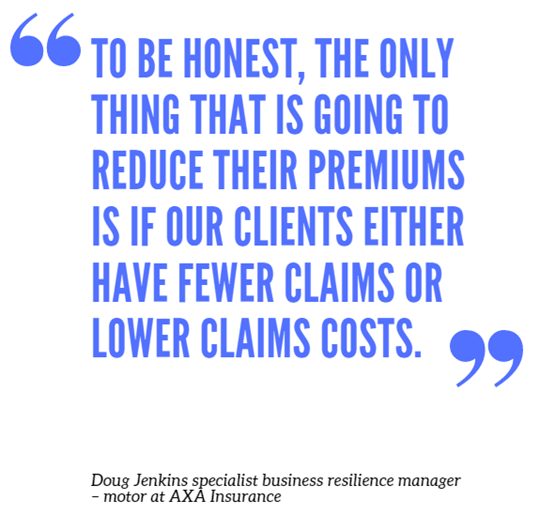
“And the answer is nearly always ‘no’ – simply fitting dashcams or any kind of technology won’t give them a discount in 99% of cases.”
This will disappoint the fleets who want “jam today and jam tomorrow”, says Matthew Warden, managing director of corporate motor for Towergate.
“Customers would naturally welcome upfront discounts, whereas insurers say that if your claims experience improves then that may lead to premium reductions,” he says.
“Some fleet insurers do recognise the importance of cameras and will at times offer funding towards their installation, but not set a premium discount to reflect what the claims experience might look like in the future.”
However, some fleets do report success in negotiating reduced premiums upfront.
READ MORE: Telematics and in-cab cameras: pushing safety standards higher
Parcel delivery firm Hermes has fitted cameras to its van and truck fleet after a three-month trial.
Lianne Farr, Hermes fleet and motor support manager, says: “We got a reduction on our premium for the cameras, as long as when we come back in March , we have reduced our accident rate.”
Equally, the installation of cameras may mean premiums rise less than would otherwise be the case.
“If the insurer perceives the installation of a camera system may help improve claims experience or, more importantly still, address some existing issues, then they may decide upon a rate more favourable than might otherwise be the case,” says Warden.
This may also depend on what processes the fleet has introduced to accompany the investment in the equipment, adds Jenkins.
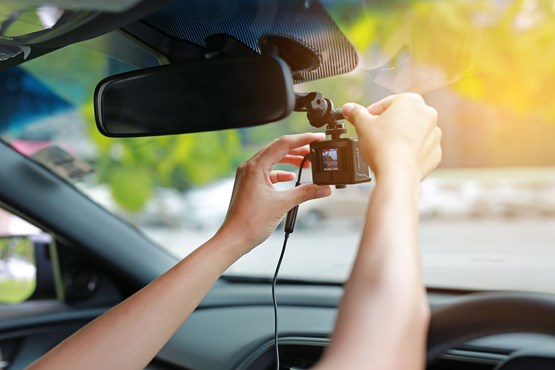
“Do they have a good structure in place? Do they have a good reporting procedure?” he asks.
“If you have a client who is doing all of that, the appetite from the underwriter may well be that they’d like to do this business and they may be a little more competitive in the premium they are offering.”
Packaging up cameras as part of a broader risk policy may also pay immediate dividends, according to Simon Marsh, managing director of in-vehicle video telematics company VisionTrack.
He says some insurers such as Markerstudy (VisionTrack’s parent company) offer lower premiums for specific fleet policies which include a camera as part of the package.
“This demonstrates confidence that the cameras will reduce the number of claims and overall costs,” he adds.
Distribution company FPS saw its premiums decline by more than 10% in the first year after fitting cameras to all its commercial vehicles, says Andrew Tillman, fleet strategy director for Trakm8.
READ MORE: Trakm8 launches 4G telematics in-cab camera
“Following a sharp drop in claims, the company’s incident rate has remained low, so it has secured consistently lower insurance premiums for the past five years,” he adds.
Typically, however, underwriters look to get a fleet’s claims history for the previous three to five years when setting premiums “because it’s fact”, says Jenkins.
One area of insurance in which cameras can have an instant impact is in settling disputed claims or when a fleet vehicle is the victim of a crash-for-cash scam.
These often involve drivers pulling in ahead of a vehicle before slamming their brakes on, causing the following vehicle to run into the back of it.
The fraudsters then claim compensation for vehicle damage and injuries – accusations which can be difficult to defend against unless video footage can be produced.
READ MORE: Lightfoot secures Government funding for £1.8m in-cab technology project
“Camera footage can play an important part in proving that a crash was staged,” says Warden.
“It can prove that another vehicle pulled out in front of them and cut them up, thereby causing a crash.”
The Insurance Fraud Bureau estimates that these crash-for-cash incidents cost the insurance industry more than £390 million every year, with car insurance fraud costing honest policy holders around £50 on every annual premium.
The technology can also be a deterrent to fraudsters. “Criminal gangs are unlikely to target vehicles with cameras clearly showing in their windscreens,” says Marsh.
“They know their fraud will be exposed by the footage.”
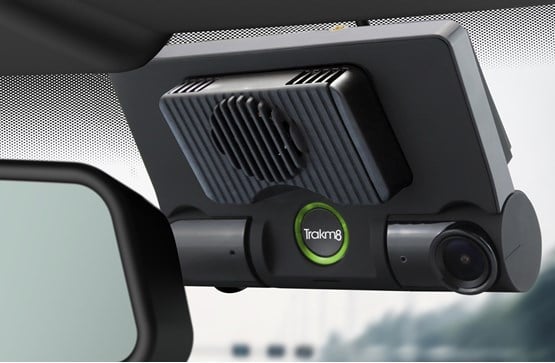
Camera footage can also help a fleet minimise the cost of third-party claims for injury and damage in collisions which do not involve criminal intent.
Marsh says that less than 1% of incidents captured on VisionTrack cameras result in disputed insurance claims, compared to an industry norm of 40% of general motor insurance claims.
“That means 99% of our customers’ claims are settled quickly and amicably because the cameras can clearly identify who is liable,” he adds.
“This also reduces additional costs such as the hiring of replacement vehicles which can spiral into thousands of pounds in the event of a disputed claim.”
Kyle Harris, founder of dashcam app 4Sight, adds: “The more cases where blame can be apportioned to another party, the more the fleet will save in policy pay-outs.
“This will make it a far more attractive risk proposition when it comes to policy renewal. In some cases a well-managed fleet can secure not only a reduced policy premium, but also a reduced excess level.”
However, while installing cameras can have a significant impact for many fleets, Jenkins warns that cameras are not a worthwhile investment for everyone.
“For every 10 clients that we see who discuss dashcams, we probably discourage four of them,” he says.
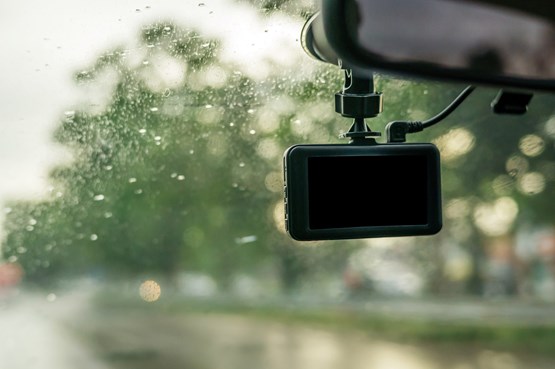
“The reason for that is that if we look at the claims for a typical fleet, generally the only type of claim that a forward-facing camera could help with is when a vehicle runs into the back of a third party, or the crash-for-cash incidents where people are making the fraudulent claims.
“Realistically, though, if it’s a fleet where they are not having those types of claims, then footage from forward-facing cameras is not going to help at all.
“However, if a fleet has a lot of cases of side swipes, perhaps because they operate in areas where a lot of lanes merge, then we might look at encouraging more than one kind of camera, such as side cameras, but at the end of the day, if a camera isn’t going to work for reducing claims, then we will actively discourage it.
“However, if it is one of the six fleets where we think cameras are quite good, then there are some absolutely fundamental key elements they need to follow as a lot of people fit cameras, fit telematics, walk away and think it’s going to be wonderful and it’s not.”
These include informing the insurance company or broker which vehicles have cameras fitted and fitting the right equipment.
There is a wide variety of vehicle cameras available on the market, ranging from apps and simple self-install models to highly-sophisticated technology that can monitor the driver and vehicle as well as the road ahead.
So what equipment should a fleet invest in? “The best kit it can,” responds Jenkins.
“The average cost for a half-decent camera is £250 and that is the cheapest you should be paying.”
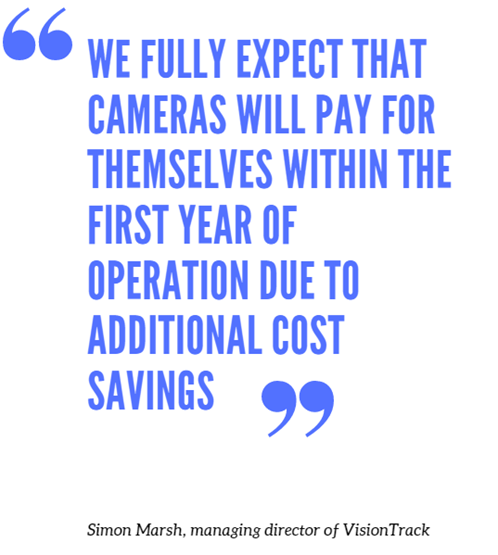
A spokesman for Provision adds: “A fleet might install a basic system, but this might not provide the quality of video, or indeed even capture the incident, that can then be used to defend against claims or may malfunction without you knowing.”
Cameras also use different methods of storing footage – usually a hard drive, SD card or a cloud-based system using a SIM card – and fleets need to select the way which suits their operations.
A camera with a small hard drive or SD card may work for fleets which return to a depot at the end of the working day where the data can be downloaded frequently, but if this is not the case then the footage runs the risk of being overwritten before it is transferred.
“If your vehicles are taken home by the driver or are remote, quite often you will need either a really big hard drive or one with a SIM card in it.
"This attracts monthly fees but at least you can get access to that footage straight away,” says Jenkins (pictured below).
“It’s also fundamental that the fleet has got an easy way of sharing that footage with the insurer or whoever manages their claims.
“Many camera suppliers have a peculiar format for their particular cameras, so if you want to examine the footage, you’ve got to have their software.
“Also, when we ask to see footage, some fleet managers put it on a USB stick or on DVDs, and when we do get it we can’t actually read it because we haven’t for the right software to do it.”
When these fundamentals are addressed, fleets can begin to reap the benefits of their investment, says Jenkins.
However, he adds: “Any fleet manager considering installing cameras should first speak to their insurer or broker to make sure they need the cameras and, if they do need them, make sure they are getting the right kit from the right company.
“If they have bought the kit but say it is not working, then they should speak to their insurer. Most insurers have got someone who can give really good, impartial advice.”

More to savings than just reduced premiums
Vehicle cameras can help fleets cut costs in a number of ways other than through reduced insurance premiums.
“We fully expect that cameras will pay for themselves within the first year of operation due to additional cost savings,” says Simon Marsh (pictured below), managing director of VisionTrack.
“Sometimes this can be through a client consistently showing they were not at fault following incidents when, without the cameras, liability would be impossible to prove.
“It means firms are not paying an excess on their insurance when an incident occurs, but we find the most consistent long-term savings come through fewer incidents and better overall driver performance.”
This improved driver behaviour can be partly attributed to the mental effect having cameras fitted has on the driver, says Matthew Warden, managing director of corporate motor for Towergate.
“Cameras can encourage drivers to be more cautious/not to tailgate other vehicles and the like, because if there is a crash, there may be evidence that can be used against them,” he adds.
The footage can also be used to identify training needs. A spokesman from Provision says: “Cameras can be used to monitor dangerous driver behaviour and stop patterns of behaviour that cause accidents to happen.
“By highlighting driver training requirements, whether it is the need to reduce distractions or indicating before changing lane, fleet managers can be made aware of driver performance, and put steps in place to amend this behaviour before accidents occur.”
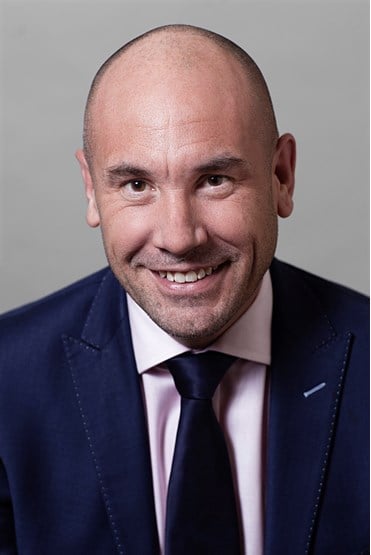
Case study: Amey
Insurance benefits are just one of the reasons why service provider Amey has fitted cameras to its 400-strong environmental services fleet.
“To us, the cameras are about so much more than just insurance,” said Tom Lawless, fleet and plant director at Amey.
“If you ask your insurance company or broker a direct question of ‘what immediate benefit will I get on my premium?’ they will say ‘none, because your premium is based on historical activity’.
“So what we need to do with our systems is demonstrate to them that we are taking steps to improve our performance.
“That could have the effect of holding our premium because we are taking positive steps, but when it comes down to reducing the premium, what we need to do is demonstrate that the investment we’ve made has resulted in fewer incidents.”
Amey is currently trialling driver-facing in-cab cameras, which work on a geometry-based system so if the driver accelerates too quickly or brakes too hard, it captures the 10 seconds either side of the incident.
“Footage from the cameras is great when it comes to first notification of loss (FNOL) and defending your claim and position,” says Lawless.
“But what’s more important to us is to be able use the footage to intervene with drivers and offer additional training if required.
“You can sit the driver down and, for example, say ‘this is what happened in these circumstances, why were you eating a sandwich approaching a junction?’ so it’s great as a training tool as well.”
READ MORE: 14 tips to cut the cost of insurance







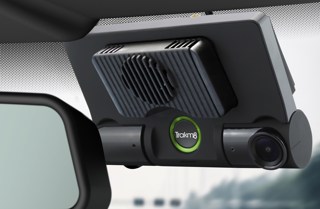
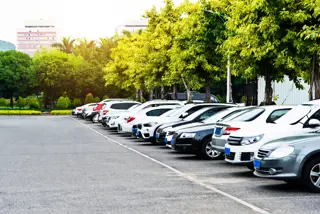
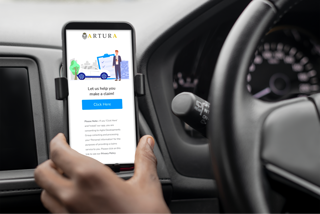
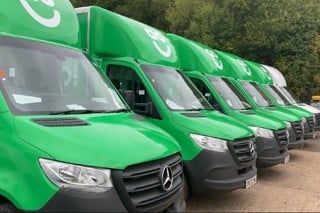












Login to comment
Comments
No comments have been made yet.